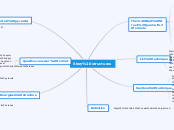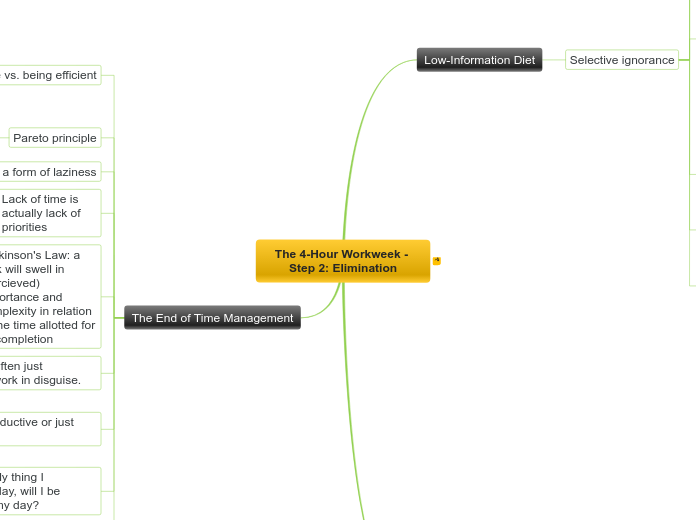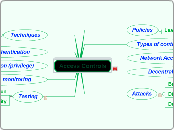arabera Vanessa Torres 6 years ago
216
Story structures
Different methods exist to structure stories in journalism, each suited to various types of news and reader engagement. The inverted pyramid begins with the most critical information, ensuring readers get the essential facts quickly, making it particularly effective for hard news.









